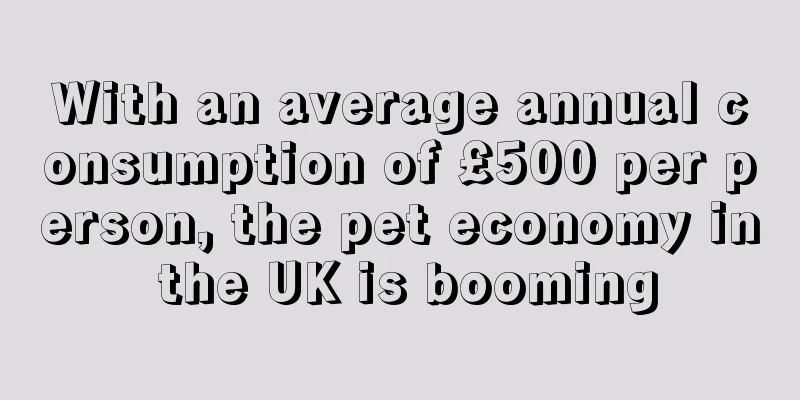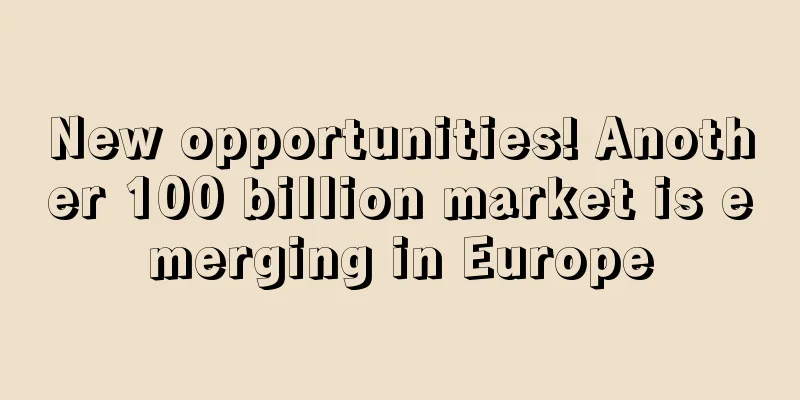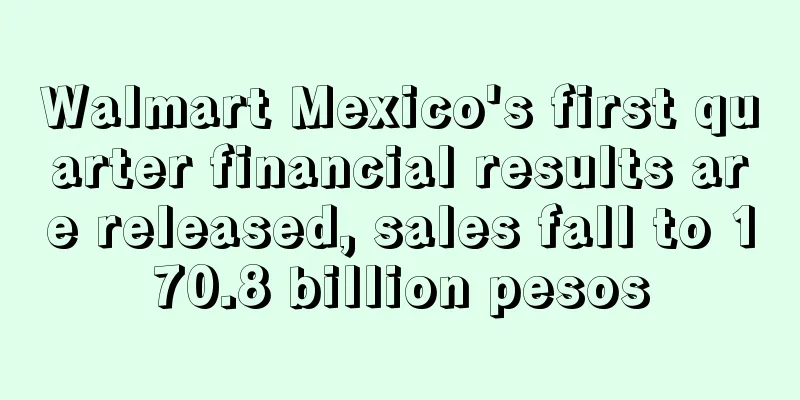With an average annual consumption of £500 per person, the pet economy in the UK is booming

|
Compared with the domestic pet economy, which is still in its infancy, the penetration rate of pets in European and American households is relatively high, the market system is relatively complete, and people are willing to spend more on their pets. According to a survey by MoneySuperMarket, the average British person spends nearly 500 pounds on pet luxury goods each year .
Data shows that about 70% of respondents are willing to spend more on their pets than on themselves. Young people are the main consumer group, and those aged 18-24 spend more than twice as much on pets as those over 55, spending an average of £759 and £308 per year on luxury pet products.
Pets are mainly cats and dogs, with Labrador and short-haired cats being more popular. In terms of products, popular products for dogs include dog calming beds, intercom cameras, dog ice cream, stairs, CBD supplements , etc.; and for cats, they include cat play towers, GPS trackers, smart cat litter for health monitoring, ground catnip, vegan cat food , etc.
With the prosperity of the pet market, consumers' requirements for pet products are gradually increasing, and smart products have become the general trend. The more common ones are automatic feeders and automatic water dispensers, which can well manage the daily diet of pets. Compared with other pet products, pet smart devices have the fastest growth rate in terms of market demand and transaction volume, and have great potential.
In addition to daily necessities, pet mental health is also a focus for consumers. As people begin to return to the office, more than a third of owners are concerned about anxiety for their pets and are willing to purchase related treatments for their beloved pets.
On the other hand, about 26% of respondents said that various pet expenses are expensive and they cannot afford treatment costs, including pet insurance, and about 17% of owners do not purchase insurance to save money.
The epidemic has further promoted the growth of the pet economy in Europe and the United States. As a popular track, sellers must also combine market distribution and consumer demand to make their products more targeted and innovative. Europe U.K. pet |
<<: US consumer purchasing power declines, but e-commerce revenue grows 6%
>>: By 2026, buy now, pay later will contribute 14% of e-commerce transactions
Recommend
Consumers take Amazon to court for not getting refunds on returns!
According to the latest news from foreign media, ...
Hot products are emerging frequently! 85% of small and medium-sized enterprises in the United States are investing in TikTok
Hot products are emerging frequently! 85% of smal...
What is Puyuan Cloud ERP? Puyuan Cloud ERP Review, Features
Puyuan Cloud ERP is an online store ERP software ...
What is One Drop? One Drop Review, Features
One Drop is a digital health platform that provid...
Halloween products are gaining popularity, and some people are chartering ships to stock up for the peak season!
It is August now , and the peak season in the sec...
What is Content.ad? Content.ad Review, Features
Founded in 2004, Content.ad is a content recommen...
Serial critical hits! Amazon people are struggling to find a new way out, but independent site sellers are laughing...
Amazon has a variety of problems, and independent...
Infringement warning! A large number of Canon infringing products were removed from Amazon in the first quarter
According to the latest announcement released by ...
Online sales surge 3,000%! The pet economy is on the rise
Firehouse Pet Shop , located in Wenatchee, Washin...
Amid inflation, Walmart released its annual toy list ahead of schedule, with low-priced toys accounting for more than half
According to foreign media reports, the holiday s...
What is Eagle Creek? Eagle Creek Review, Features
Eagle Creek is a global tribe of travelers committ...
Russian Post partners with Yandex to start using robots for delivery!
Recently, Russian Post announced a partnership wi...
Indonesia's halal food imports increase despite spending of $173 billion
Indonesia is the largest Islamic country in the w...
What is Jarir? Jarir Review, Features
Jarir Bookstore is a leading department store in ...
Product category expansion! These items will also be available on SHEIN in the future!
Recently , SHEIN launched its third-party platfor...









